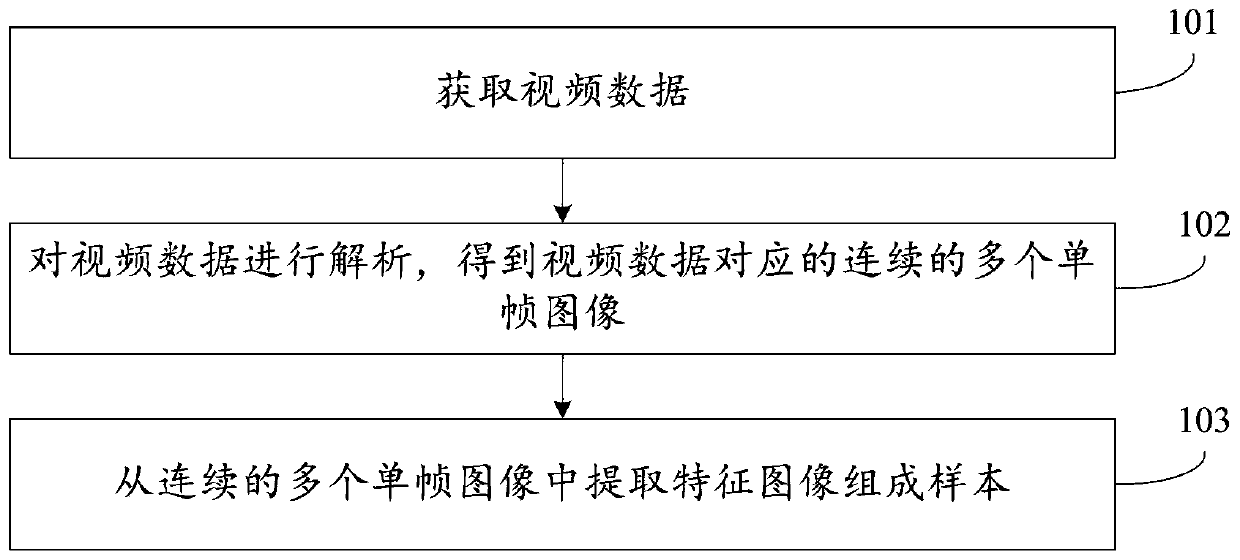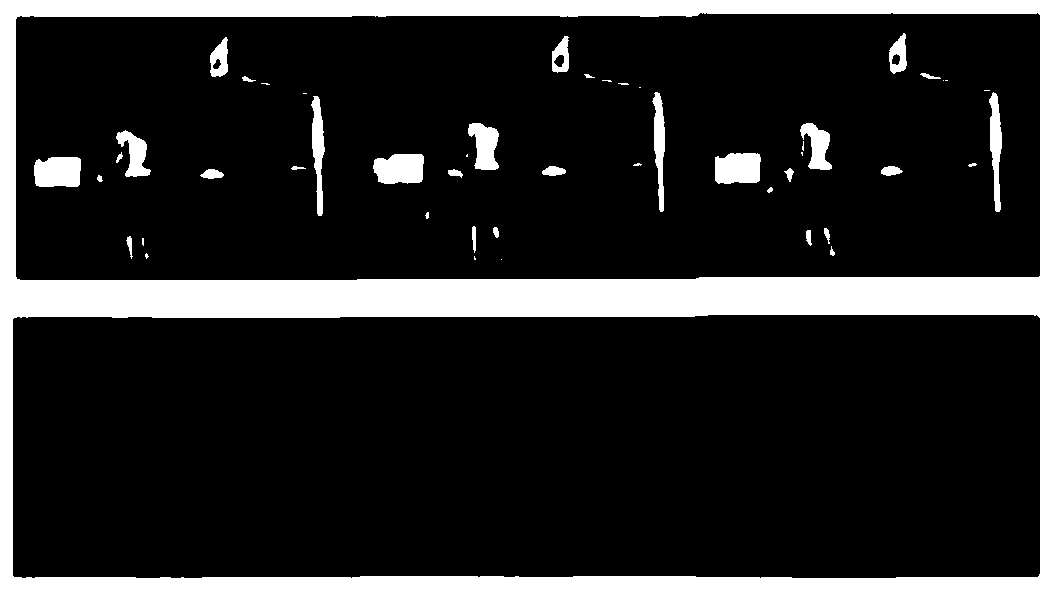A sample extraction method and device for a video classification problem
A technology for video classification and extraction methods, applied in video data retrieval, video data query, instruments, etc., can solve problems such as unfavorable model training, uneven sample quality, insufficient coverage of clips, etc., to enhance sample quality and improve training quality. Effect
- Summary
- Abstract
- Description
- Claims
- Application Information
AI Technical Summary
Problems solved by technology
Method used
Image
Examples
Embodiment Construction
[0072] Exemplary embodiments of the present invention will be described in more detail below with reference to the accompanying drawings. Although exemplary embodiments of the present invention are shown in the drawings, it should be understood that the invention may be embodied in various forms and should not be limited to the embodiments set forth herein. Rather, these embodiments are provided for more thorough understanding of the present invention and to fully convey the scope of the present invention to those skilled in the art.
[0073] Embodiments of the present invention provide a sample extraction method for video classification problems, such as figure 1 As shown, the method is to extract feature images capable of summarizing the content information of the video data from multiple continuous single-frame images corresponding to the video data, so as to form a sample, thereby ensuring the quality of the sample. For this, the embodiment of the present invention provide...
PUM
 Login to View More
Login to View More Abstract
Description
Claims
Application Information
 Login to View More
Login to View More - R&D
- Intellectual Property
- Life Sciences
- Materials
- Tech Scout
- Unparalleled Data Quality
- Higher Quality Content
- 60% Fewer Hallucinations
Browse by: Latest US Patents, China's latest patents, Technical Efficacy Thesaurus, Application Domain, Technology Topic, Popular Technical Reports.
© 2025 PatSnap. All rights reserved.Legal|Privacy policy|Modern Slavery Act Transparency Statement|Sitemap|About US| Contact US: help@patsnap.com



